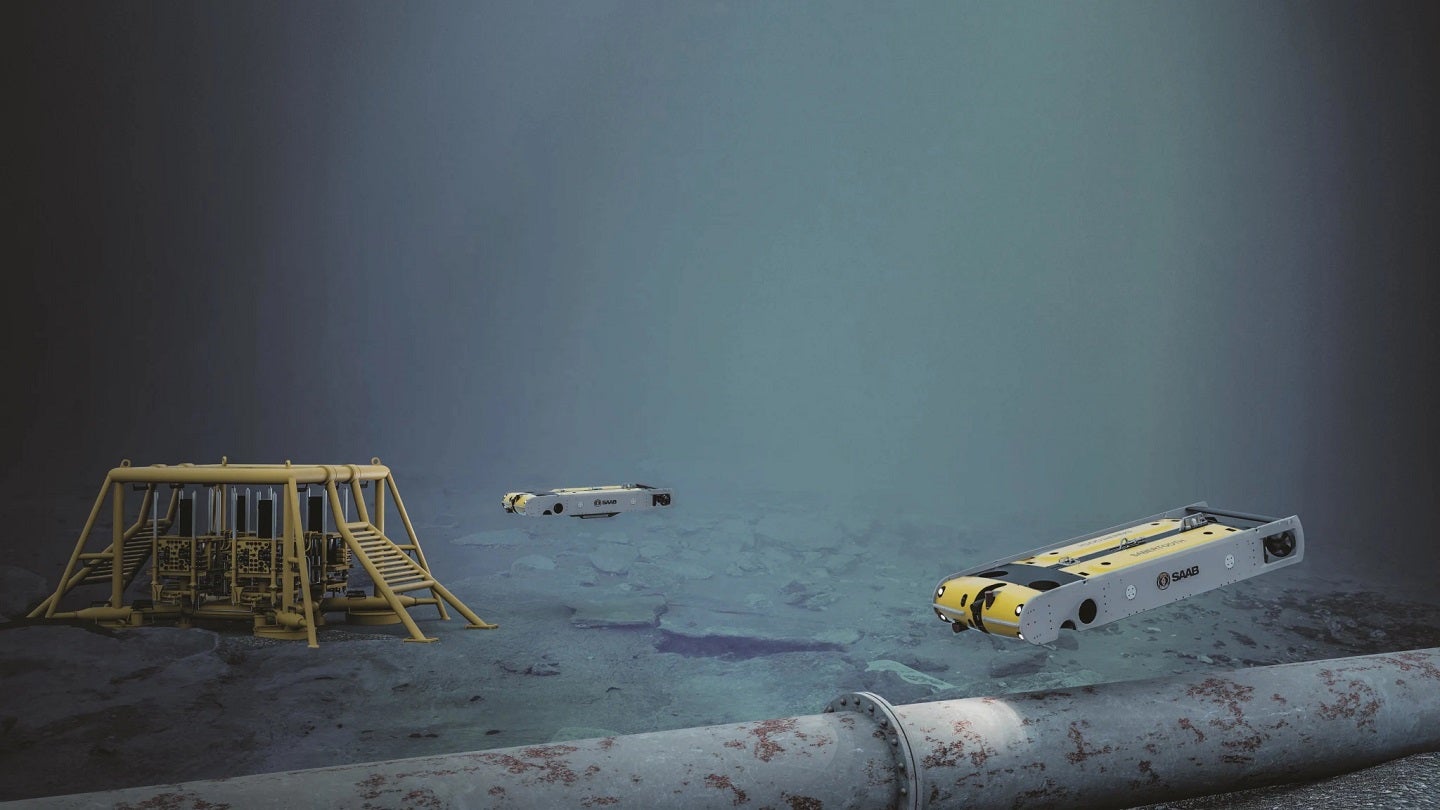
The US Department of Defence announced on 1 September that the US Navy has kicked off a hydrogen fuel cell project to allow autonomous underwater vehicles (AUVs) to recharges without returning to a base or a mothership.
The project will allow unmanned underwater vehicles to operate independently and at a great distance from the support mechanisms that are currently a necessity for deep ocean operations. The US Naval Facilities Engineering Command Engineering initiated the program in early August, spurred by the increase in the use of AUVs, and it is using an operation Energy Capability Fund to sponsor testing beginning early 2024, to be conducted by the Expeditionary Warfare Centre.
The Sabertooth AUV, provided by Hibbard Inshore as a hybrid version of the Sabertooth AUV manufactured by Saab, is being equipped with the Subsea Supercharger (SSC) from Teledyne Energy Systems. The Teledyne fuel cell uses technology developed for space applications to extend the AUV’s mission duration, and by reducing the requirement to reconnect with a surface vessel it also reduces the risk and the cost of operations.
The Hibbard Inshore Saab Sabertooth, operating without a hydrogen fuel cell, has a 12 hour battery life when untethered from a mothership or other source of power, giving it an excursion range of around 20km at a depth of 1,200m. The principle task of the Sabertooth is to perform survey functions and the inspection of complex structures – missions closely associated with a defensive role in seabed warfare.
‘The Global Undersea Warfare Systems Market 2018–2028’ report from GlobalData identified the potential for hydrogen fuel cells to usher in a ‘new era of power generation in underwater naval systems’ following the 2016 partnership between General Motors, the Office of Naval Research, and the US Naval Research Laboratory, to equip AUVs with hydrogen fuel cells: ‘This partnership is expected to lead to widespread adoption if found feasible.’
Research published in the International Journal of hydrogen Energy in 2020 outlines some of the challenges that the project faces, including those related to the storage of hydrogen and oxygen, issues with buoyancy and trim, and the introduction of hydrogen fuel cell technology to a deep-sea environment. Operation of a fuel cell in a sealed container is also a concern, as condensation developing during the process can corrode the inside of the tank or cause electronics to malfunction. Similarly, inert gasses that are produced during the run have to be carefully dealt with to avoid a build up of internal pressure.
How well do you really know your competitors?
Access the most comprehensive Company Profiles on the market, powered by GlobalData. Save hours of research. Gain competitive edge.

Thank you!
Your download email will arrive shortly
Not ready to buy yet? Download a free sample
We are confident about the unique quality of our Company Profiles. However, we want you to make the most beneficial decision for your business, so we offer a free sample that you can download by submitting the below form
By GlobalDataShifting the operations of a hydrogen fuel cell to a sealed container requires other adjustments as well to account for the accumulation of hydrogen and oxygen in the container. Most common during the start-up and shut down of the fuel cell, trouble can arise when a fuel cell needs to purge these gases from the anode or cathode loops.
Above ground this would be a trivial operation, but releasing these gases into the container atmosphere could cause an ‘explosive atmosphere’, according to research by Helge Wedahl, conducted following trials of hydrogen fuel cells for UAVs with the Norwegian Defence Research Establishment.







